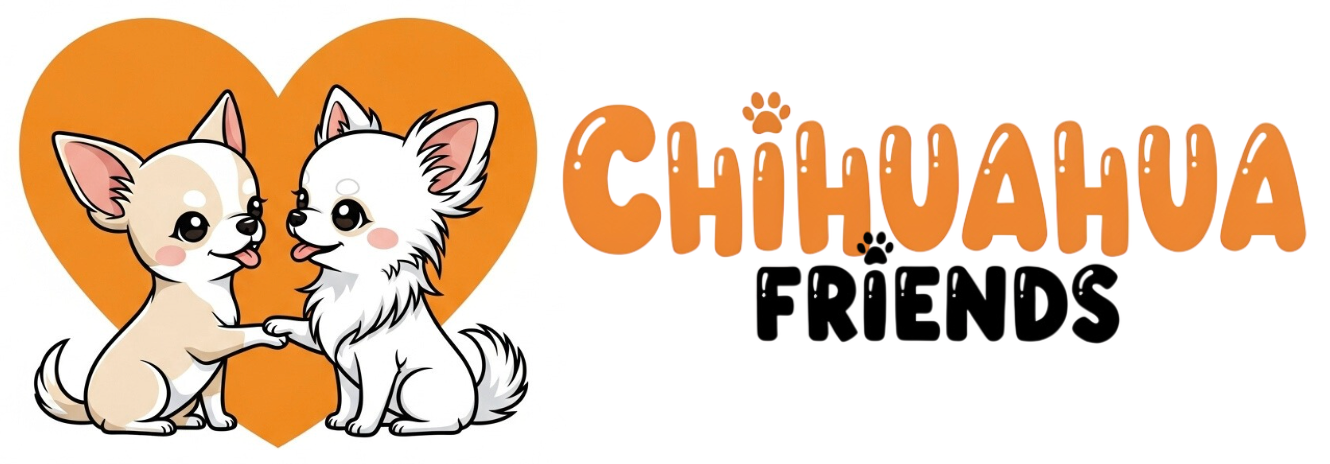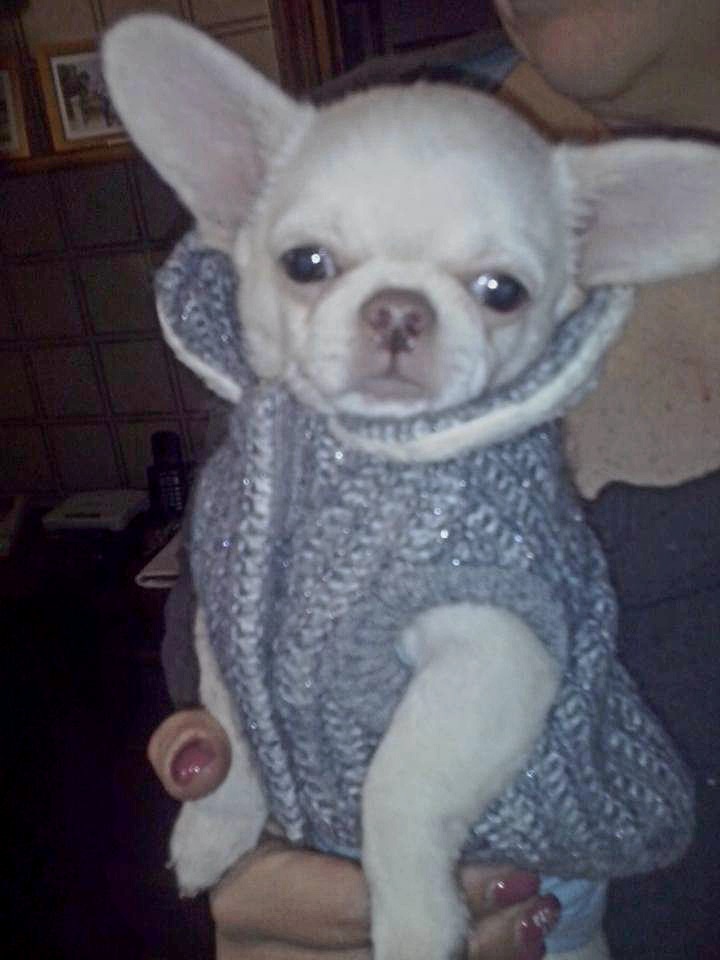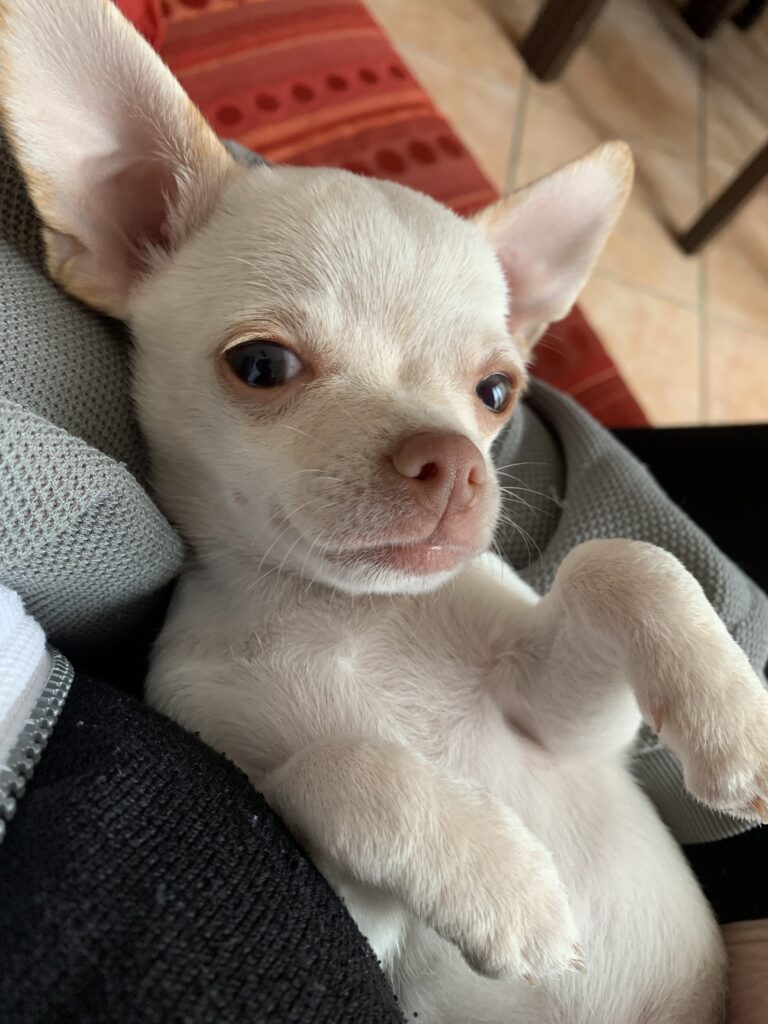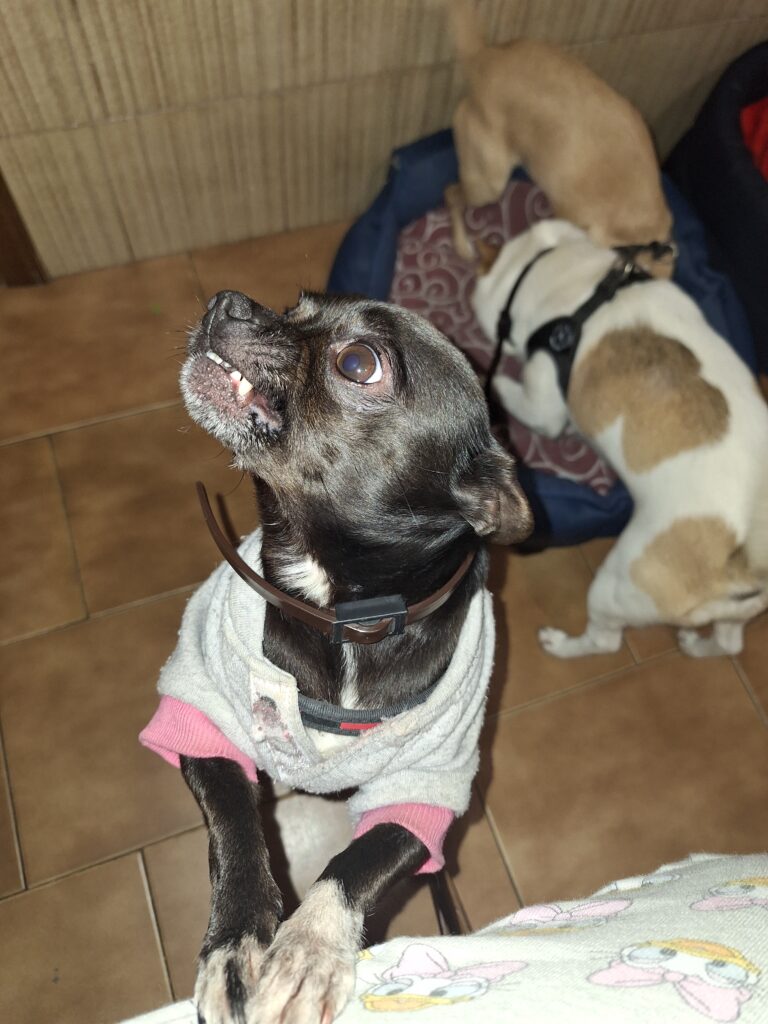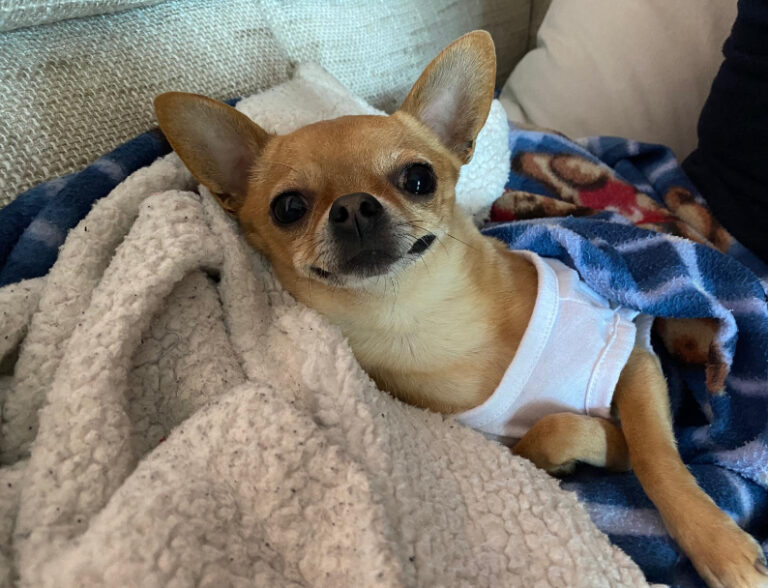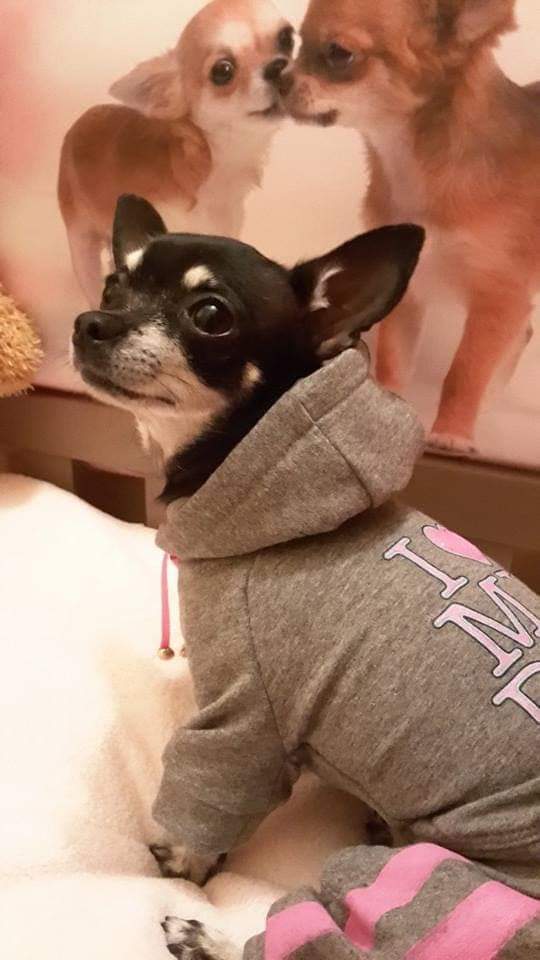
Se pensi che comprare un Chihuahua sia come prendere “solo un cane piccolo”, preparati a ricrederti. Il prezzo di un...
Leggi di più
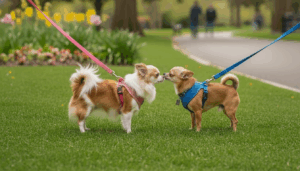
Hai mai portato a spasso il tuo Chihuahua e ti sei sentito chiedere: “È un maschio o una femmina?” Questa...
Leggi di più
Chihuahua Wall – I Vostri Chihuahua
Vuoi aggiungere il tuo Chihuahua? Mostralo alla community! 💖
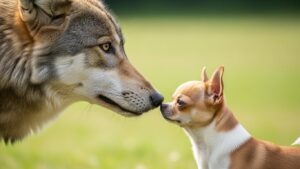
Per anni abbiamo creduto che la straordinaria varietà di razze canine — dal minuscolo Chihuahua al massiccio San Bernardo —...
Leggi di più
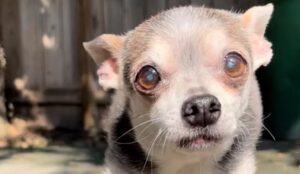
Archie era un Chihuahua minuscolo, alto poco più di 20 cm e con un peso di appena 2,7 kg, ma il...
Leggi di più
🌈 Ricorda il tuo Chihuahua per Sempre
Hai perso un Chihuahua?
Onora il suo ricordo nella pagina del Ponte dell’Arcobaleno 💖
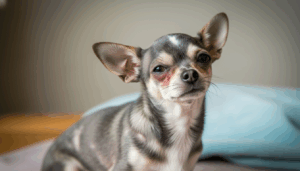
La leishmaniosi è una malattia zoonotica, trasmissibile cioè dall’animale all’uomo tramite un insetto vettore chiamato flebotomo, simile a una piccola...
Leggi di più

Se sei proprietario di un Chihuahua o stai pensando di farlo riprodurre, è fondamentale capire come funziona la riproduzione nel cane,...
Leggi di più

I Chihuahua sono cani intelligenti, sensibili e sorprendenti: sanno comunicare con noi molto più di quanto immaginiamo. Uno dei comportamenti...
Leggi di più

Il problema delle eliminazioni inappropriate è tra i più comuni, soprattutto nei cani di piccola taglia come il Chihuahua. Può...
Leggi di più

Vaccinare e proteggere il tuo Chihuahua cucciolo non è solo consigliato: è fondamentale per prevenire malattie gravi e salvare la sua...
Leggi di più

I denti del Chihuahua non servono solo a mangiare: sono fondamentali per la salute generale, per la respirazione corretta e...
Leggi di più
